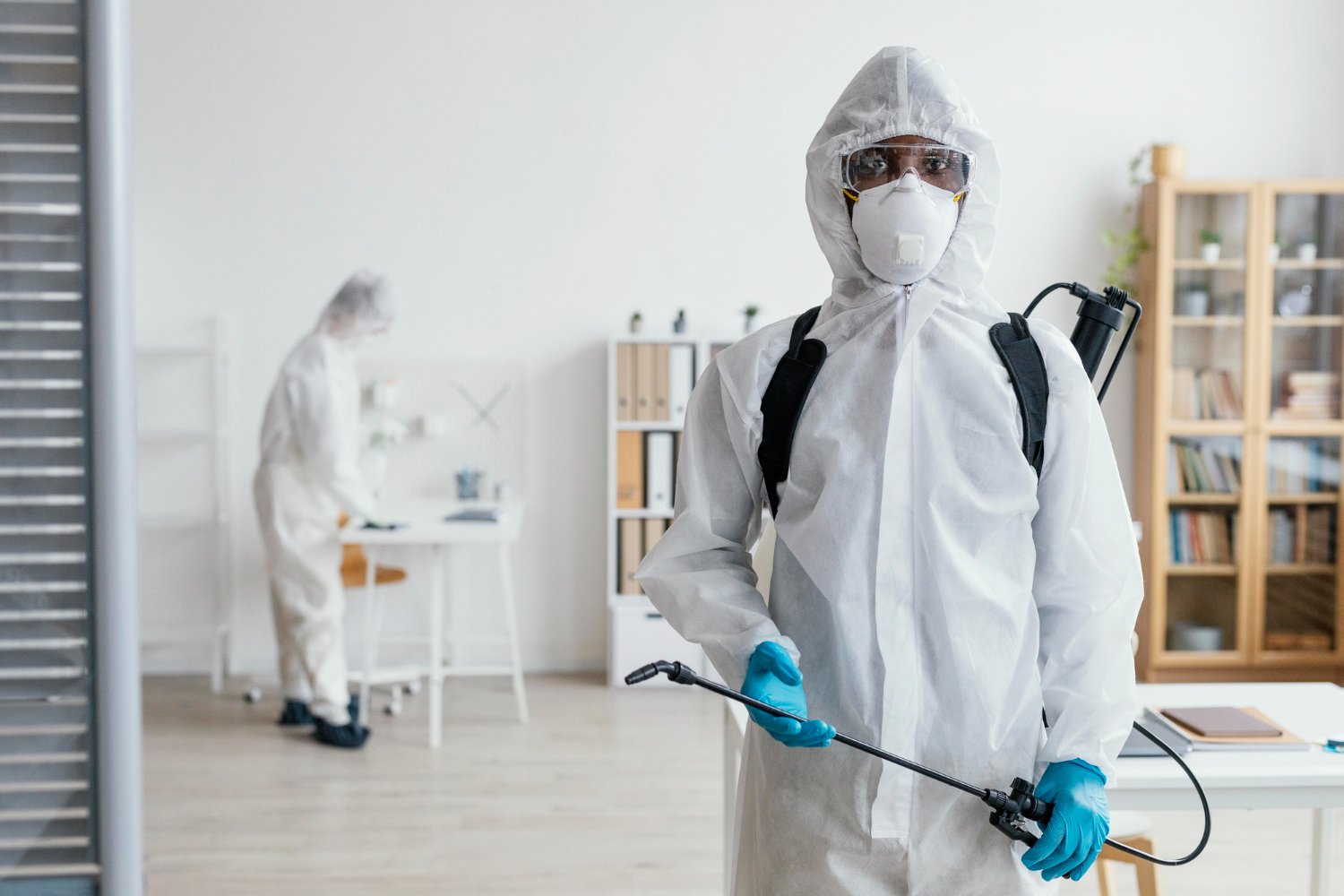Bed Bug Treatment Breakdown: Comparing Chemical Vs. Non-Chemical Solutions
In the world of parasite control, specifically when dealing with the persistent problem of bed bugs, the selection in between chemical and non-chemical treatment solutions can be a crucial one. Both strategies provide distinct advantages and disadvantages, influencing elements such as efficiency, safety and security considerations, and total cost. By examining the nuanced information of each approach, a clearer understanding of which path to seek in addressing a bed bug infestation can be achieved.
Performance of Chemical Treatments
Chemical therapies for bed bug problems have actually been widely acknowledged for their quick and powerful efficacy in eradicating these pests. When considering the performance of chemical therapies, it is crucial to understand that they can provide a fast and thorough solution to a bed pest issue.
Additionally, chemical treatments have the benefit of providing residual results, indicating that they can continue to eliminate bed insects also after the preliminary application. This recurring action is specifically helpful in combating any kind of potential re-infestations. In addition, the rapid action of chemical treatments can bring alleviation to individuals facing severe bed bug infestations, allowing them to reclaim control of their living rooms rapidly.
Safety Worries With Chemical Solutions
One essential element that requires careful factor to consider when using chemical options for bed pest therapy is ensuring the security of residents and the atmosphere. While chemical treatments can be efficient in removing bed insects, they may pose dangers otherwise handled properly. Among the key safety and security worry about chemical remedies is the prospective harm they can trigger to human health and wellness. Direct exposure to particular chemicals used in bed pest treatments can bring about breathing issues, skin irritability, or various other adverse responses, especially in people with pre-existing conditions or sensitivities. In addition, incorrect application or dose of chemical pesticides can result in harmful deposits sticking around in the cured area, positioning lasting health and wellness dangers to passengers.
Moreover, the environmental influence of chemical solutions is an additional substantial consideration. Some pesticides used in bed pest treatments may be hazardous to beneficial bugs, wild animals, and environments if they seep into the soil or water supply. It is vital to make use of chemical treatments carefully, complying with safety and security guidelines, and thinking about less toxic choices to mitigate these risks and make sure the safe and efficient monitoring of bed bug invasions.
Benefits of Non-Chemical Approaches
Considering the potential safety worries and ecological effect associated with chemical remedies for bed insect treatment, discovering non-chemical strategies provides an encouraging choice with several unique benefits. Non-chemical treatments are eco pleasant, as they do not contribute to air or water contamination, making them a lasting choice for parasite control.
Additionally, non-chemical solutions can be reliable in targeting bed insects, consisting of hard-to-reach locations where chemical therapies may not permeate. Techniques such as warm treatment, vacuuming, steam cleaning, and bed mattress encasements give extensive elimination without the use of dangerous chemicals. Moreover, non-chemical strategies can be much less turbulent, requiring minimal prep work and enabling quicker reentry right into treated areas. Generally, going with non-chemical bed insect treatment techniques not just prioritizes safety and environmental protection yet likewise guarantees efficient and comprehensive bug control.
Limitations of Non-Chemical Treatments

Furthermore, non-chemical treatments often need several applications to accomplish effective removal. This can be taxing and may not constantly assure full removal of all bed insects and their eggs, particularly in hard-to-reach or hidden areas.
Furthermore, the success of non-chemical therapies greatly depends on web link appropriate execution and thoroughness, which can be challenging for people without expert experience. Inadequate application of non-chemical methods may cause insufficient elimination, resulting in relentless problems and the requirement for added treatments.
Consequently, while non-chemical treatments have their advantages, it is important to recognize these restrictions and consider them when determining the most reliable strategy for taking care of bed bug infestations.
Expense Contrast: Chemical Vs. Non-Chemical Options
Provided the limitations linked with non-chemical treatments, an important facet to review in the context of bed pest monitoring is the price contrast in between chemical and this article non-chemical choices. In contrast, non-chemical treatments like warm treatment or vapor can be a lot more expensive, with prices varying from $1,000 to $6,000 for a whole home. While the initial expense of chemical therapies may appear lower, several therapies might be called for to fully remove the problem, potentially boosting the overall expense.
Final Thought

Considering the possible safety problems and environmental effect associated with chemical options for bed bug treatment, checking out non-chemical approaches presents an appealing choice with several unique advantages.Given the restrictions associated with non-chemical treatments, an important facet to review in the context of bed insect monitoring is the price comparison between chemical and non-chemical alternatives. In comparison, non-chemical treatments like warm therapy or steam can be much more costly, with expenses varying from $1,000 to $6,000 for an entire home. While the initial price of chemical therapies might appear reduced, numerous therapies might be required to fully eliminate the invasion, possibly boosting the total cost.In final thought, when comparing chemical and non-chemical bed pest therapy alternatives, it is crucial to take into consideration performance, safety and security, advantages, restrictions, he said and expense.